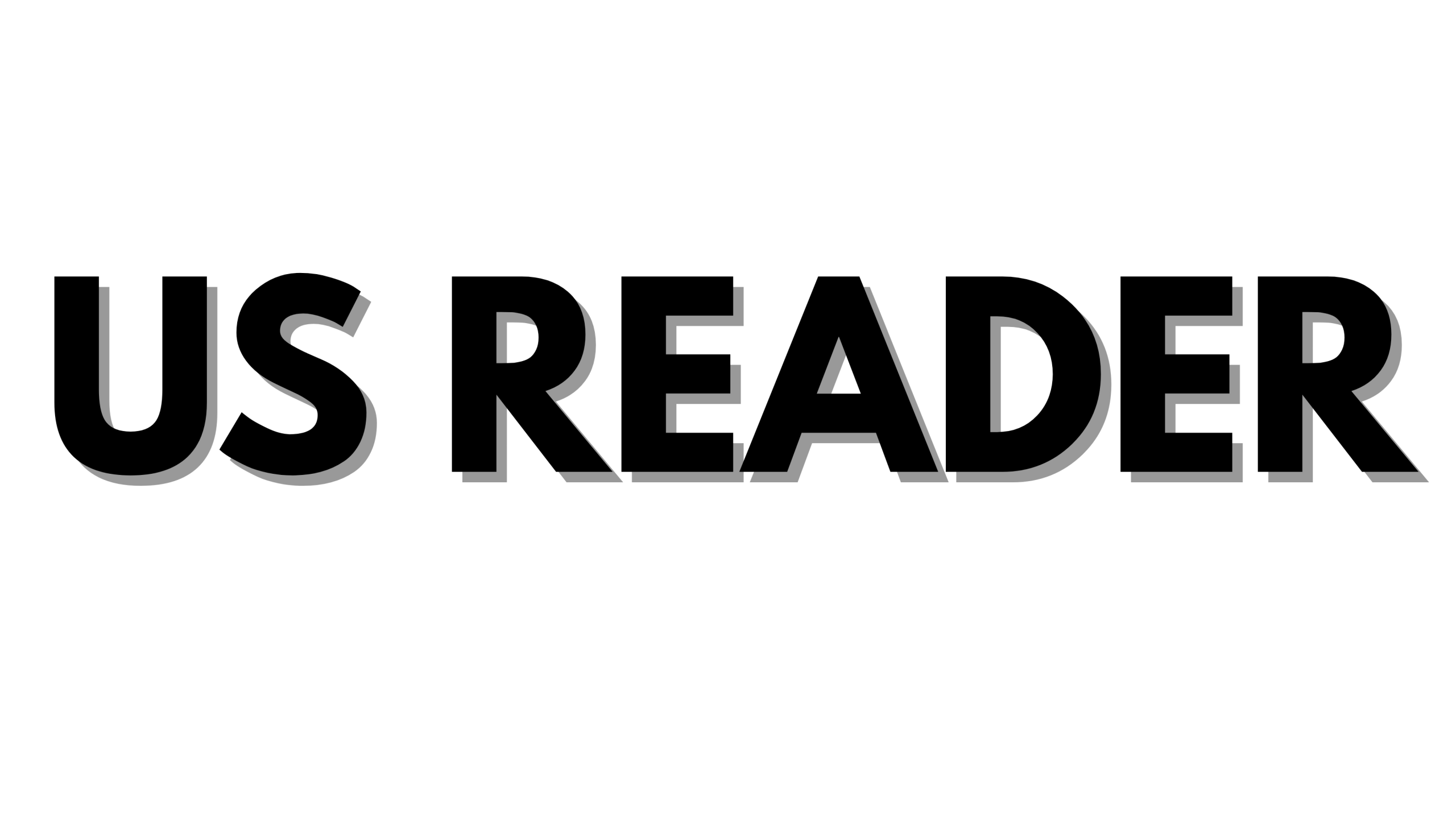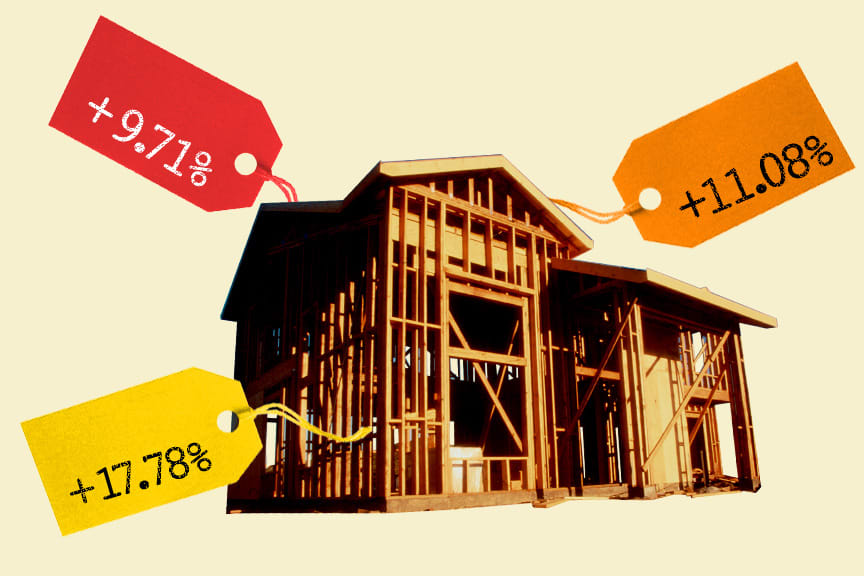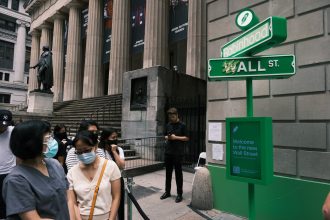The ongoing tariff policies proposed by President Donald Trump are set to significantly increase the costs of building new homes in the United States. An analysis by NBC News highlights that various construction materials will see price hikes, affecting the overall expense of mid-range single-family homes.
According to the findings, the total cost of constructing a typical home could surge by over $4,000, a figure described as conservative by industry experts. Additionally, the National Association of Home Builders (NAHB) reported in April that the estimated impact of these tariffs could reach as high as $10,900 per home, excluding labor expenses.
Robert Dietz, the chief economist for the NAHB, emphasized that the effects of the tariffs extend beyond direct costs. They introduce uncertainty throughout the supply chain, complicating builders’ ability to establish stable pricing for potential buyers.
“About three-quarters of home builders right now are having difficulty pricing their homes for buyers because of uncertainty due to construction input costs,” Dietz remarked.
The United States is currently experiencing a housing shortage, which has contributed to increasing prices. The NBC News Home Buyer Index, a measure of local housing market difficulty, has indicated extreme challenges for over two years. Discussions on how to promote the construction of more housing have become a focal point in U.S. political debates, particularly among Democratic leaders.
Meanwhile, Trump maintains a robust tariff strategy while assuring that new trade agreements would be signed, yet many of these deals are still pending.
The effects of tariffs will differ by supplier, material, and region, according to Dietz. He noted that while some suppliers may initially bear part of the tariff burden, it is expected that consumers will ultimately shoulder most costs.
To illustrate, NBC News calculated expenses based on an 1,800 square-foot single-family home and evaluated import and survey data sourced from the U.S. Trade Commission and the Census Bureau’s annual manufacturing survey. While foundational materials like concrete are often sourced domestically, other items such as electrical equipment, lighting, and fixtures heavily rely on imports.
The greatest projected cost increases come from products imported from China, Mexico, and Canada, all of which are subject to high tariffs. For instance, materials imported from China could inflate per-home costs by $1,708, Canadian products may add $1,300, and imports from Mexico could increase expenses by $981.
Lumber serves as a prime example: A standard 1,800-square-foot home requires around 14,400 board feet of framing lumber, amounting to roughly $7,762 at wholesale prices. With nearly one-third of the U.S. lumber supply being imported—80% of which came from Canada in 2021—an estimated 23% tariff could elevate lumber prices by 7%, adding approximately $534 to the cost of home framing alone.
The analysis provides a detailed breakdown of how tariffs are likely to inflate prices across various stages of construction.












